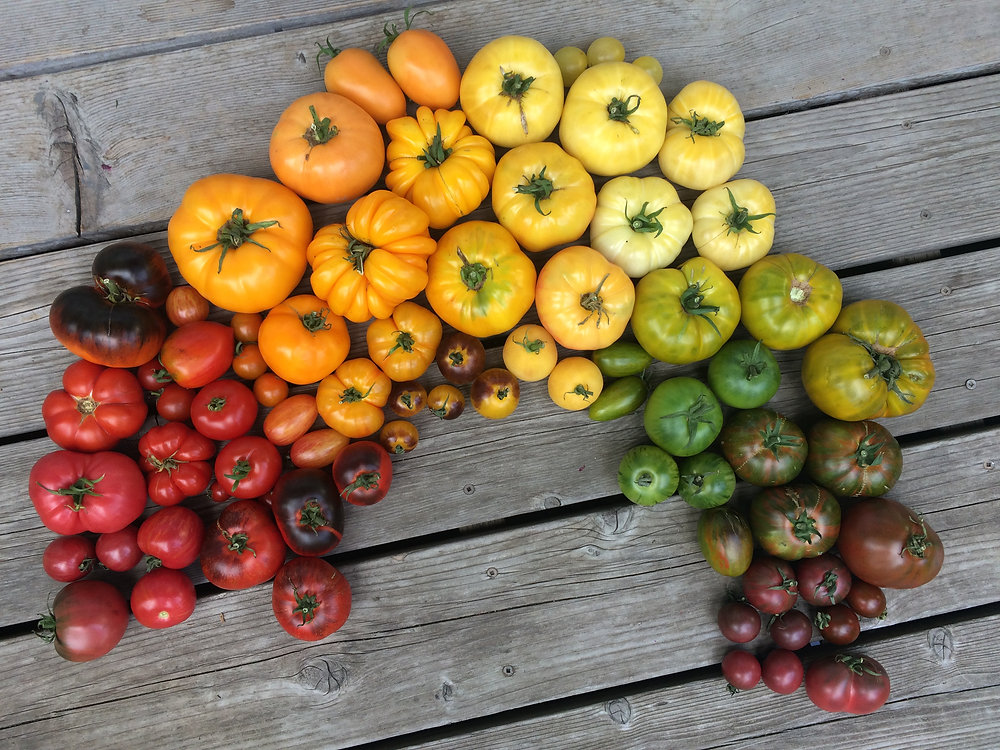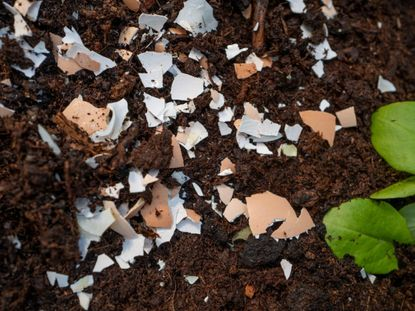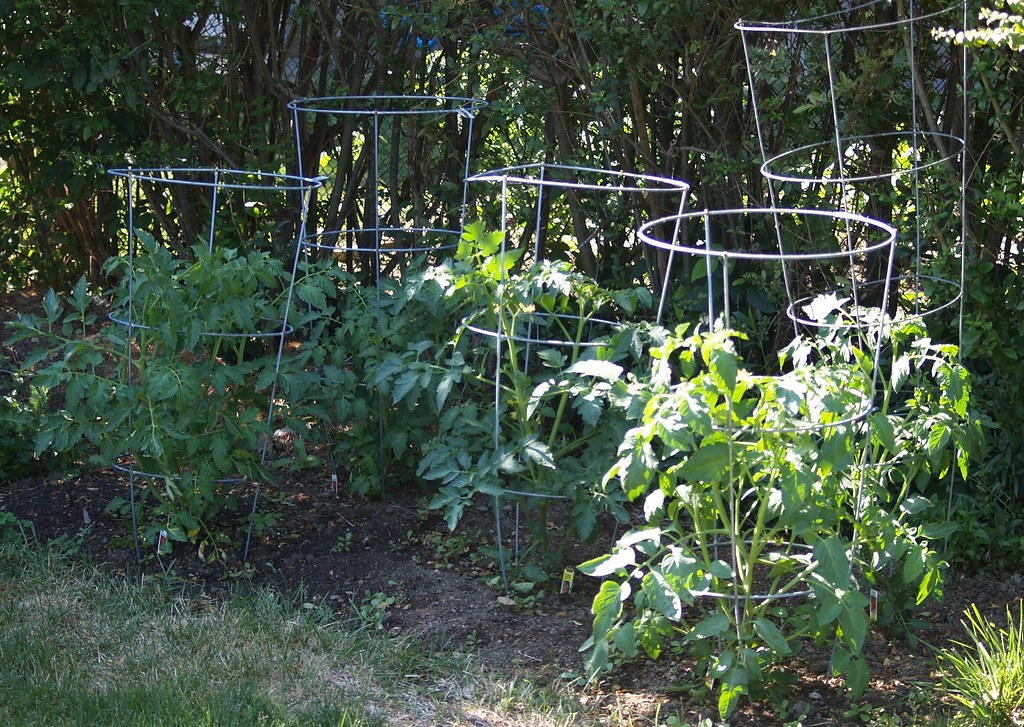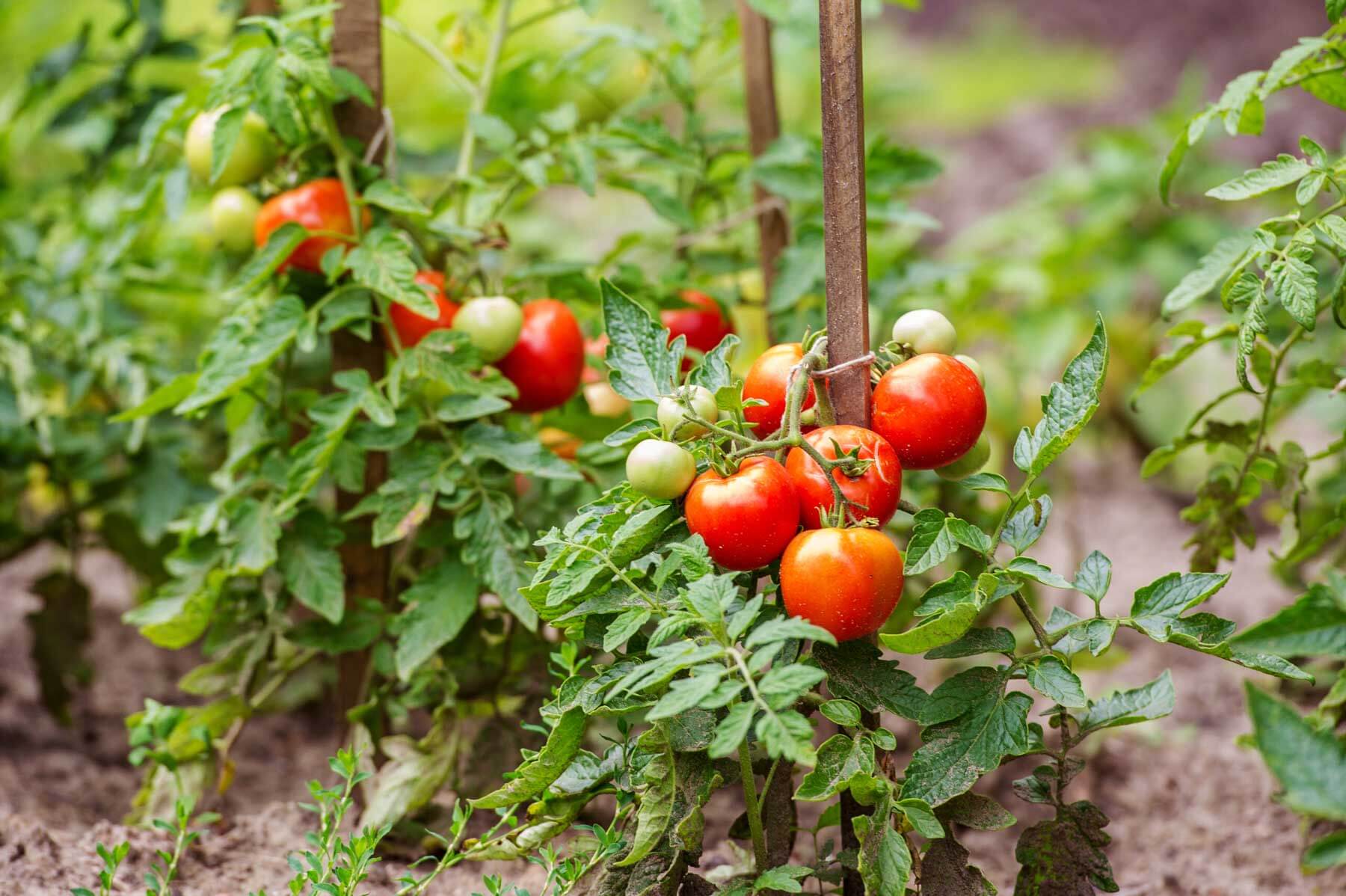Tomatoes are a popular garden crop, but like all plants, they require the right care to thrive. Preventing common tomato problems before they start is essential for a successful harvest. By following these expert tips, you can help ensure your tomato plants stay healthy and productive throughout the growing season.
1. Choose the Right Varieties
Selecting the right tomato variety is crucial. While attractive catalog descriptions may catch your eye, not all varieties are suited to your local climate. Consider growing a mix of two or three varieties to diversify your crop. For personalized advice, connect with local gardening communities, either online or through farmer’s markets, to get recommendations on varieties that perform well in your area. For example, in my local group, ‘German Pink’ and ‘Mr. Stripey’ have been consistent winners.

2. Wait for the Right Planting Time
Tomatoes are sensitive to frost and cold soil, so it’s important not to rush planting. Aim for soil temperatures above 60°F (15°C) when transplanting, and start seeds indoors about six weeks before your last expected frost. If your plants are ready before the weather is warm, protect them with enclosures made of plastic, cloth, or garden fleece to shield them from chilly winds.
3. Enrich the Soil with Compost
Tomatoes need plenty of nutrients to grow healthy and strong. Adding compost to planting holes is a great way to ensure your plants get the minerals they need, particularly calcium and magnesium. Compost made from food waste, especially if it includes eggshells, is rich in calcium and can help prevent blossom end rot, a common tomato issue. I’ve noticed significant improvements in my garden by adding compost to my planting holes each spring. If you face magnesium deficiency due to heavy rainfall, an occasional Epsom salt spray can help, but be cautious with it—excess use can interfere with other nutrients.

4. Use Drip Irrigation and Mulch
Maintaining consistent soil moisture is key to preventing tomato problems like fruit cracking and blossom end rot. Drip irrigation is ideal for keeping the soil evenly moist, and mulch helps retain moisture while preventing diseases by minimizing water splashing onto the plant’s lower leaves. This setup also saves you time during the summer months when you’re likely juggling other tasks.
5. Support Your Plants
As tomato plants grow, they require strong support to prevent damage from heavy foliage and to promote air circulation. Use sturdy cages or fencing to keep the plants upright. This will not only encourage better fruit production but also help protect the fruit from sunscald. When pruning, focus on removing only the lowest branches to improve airflow around the plant. This can reduce the risk of fungal diseases.

6. Monitor for Pests
Tomatoes are relatively resistant to pests, but they’re not immune. Keep an eye out for tomato hornworms, which can quickly damage plants during summer. Slugs may also attack young tomato plants in spring. Regularly inspect your plants for signs of pests and remove them manually. If slugs are a persistent issue, consider delaying mulch application until later in the season when the weather warms up.
By following these tried-and-true tips, you’ll be able to prevent many common tomato problems before they occur, ensuring your plants stay healthy and productive throughout the growing season. Happy gardening!
